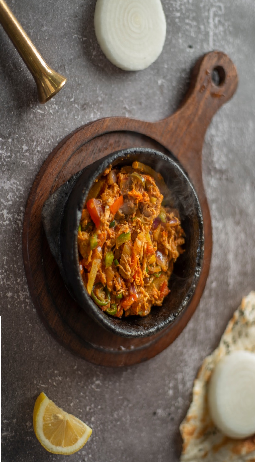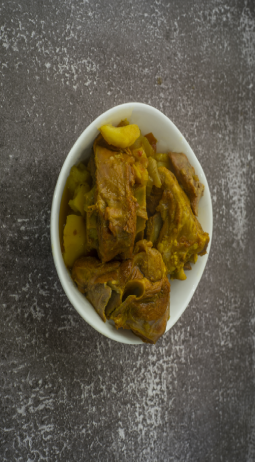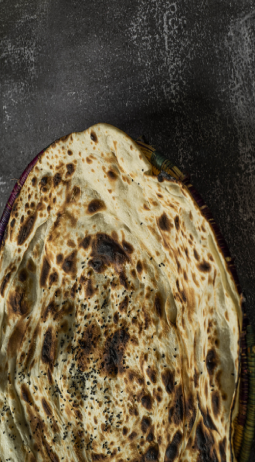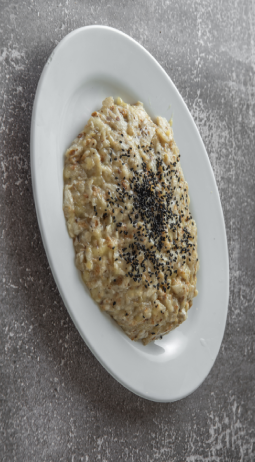
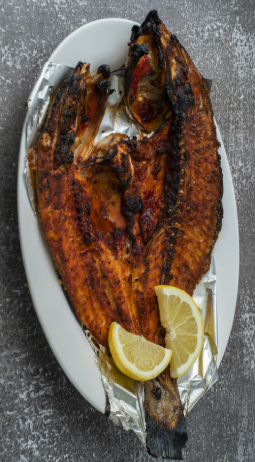
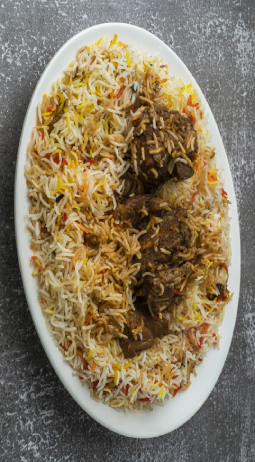
About Resturant
YAMANI FOOD HISTORY
Yemeni cuisine has a long uninterrupted history, as the foods and dishes that you will find in Yemen today are very similar to what their nomadic ancestors ate thousands of years ago. While there are select traces of North African and Mediterranean influence deposited by trade and invasion through the ages, Yemeni cuisine remains unique in the Middle East with its rich bubbling stews like salta and odgda; meltingly tender meat that is slowly roasted in underground clay ovens; and smoky char-grilled fish caught along its extensive coastline. Freshly baked bread is served with each meal, which is particularly useful for soaking up the savory soups and stews.
Being a country of many mountains and shores,each region in Yemen has its own pocket of microenvironment featuring unique foods and traditions. The complex yet comforting taste of Yemeni cuisine comes from slowly cooking a mélange of vegetables, meats, and spices until the individual flavors blend seamlessly and beautifully into one. The most basic example of the taste of Yemen is maraq, a delicate and aromatic broth of lamb (or sometimes chicken) gently simmered with onions, garlic, turmeric, cumin, coriander, cinnamon, pepper, and other flavors depending on the chef.
Each family and restaurant makes a distinct maraq stock, and it defines the taste of the household. Not only does maraq begin each Yemeni meal, but the stock also serves as base for many other dishes. For example, salta, the mellow stew considered to be the national dish of Yemen, is made from a simmering whatever grains and fresh vegetables one has on hand in the maraq stock, then topped with a layer of refreshingly bitter fenugreek foam called helba. It is always served sizzling in a traditional black stoneware pot, which keeps the stew piping hot.
All the dishes are placed in the middle to be shared, so everyone takes a piece of bread and digs in. Other than bread, a spicy sauce called sahawiq is also present at each meal. It plays a bright tart counterpart to the deep and smooth flavors of any Yemeni dish you choose to add it to. Add as little or as much as you can handle to everything from soups, to dumplings, to meats.
Meats are particularly succulent in Yemeni cuisine, whether they are braised in flavorful stock as in ogda, massloug, and zorbian, or marinated in spices and slowly roasted as in the famous hanithe where the meat is tender to the point of falling off the bone. The juicy lamb and chicken are enjoyed with fluffy long-grained rice and bread.
After a satisfying meal, finish with a cup of sweet Yemeni coffee, or a cup of hot tea spiced with cardamom and ginger. If there is still room for dessert, try crispy layered breads like sabaya and other pastries sweetened with dates and honey.True traditional sweets fall more into the realm of nut pastes and starch cakes, brilliantly colored and cut to order. These are hard to find in the city, but luckily a new Yemeni bakery just opened in Bay Ridge, Brooklyn, though if you live in Manhattan, that may just as well be another country already. It is worth a trip
